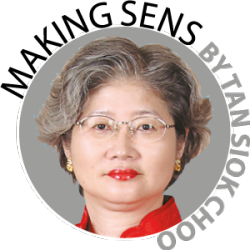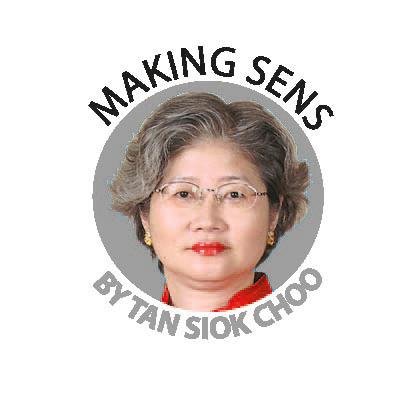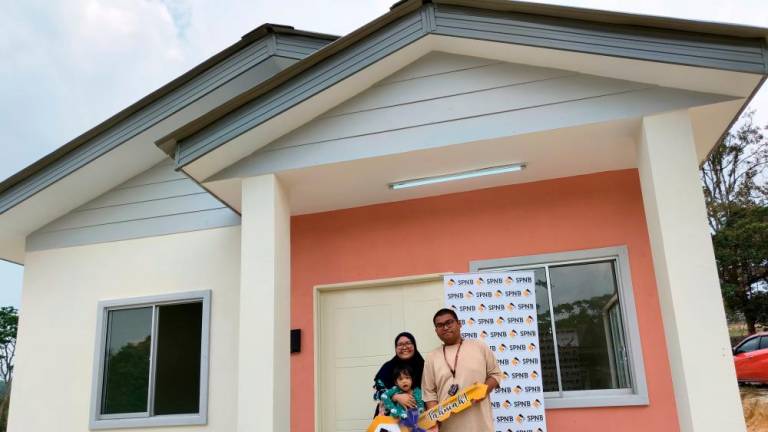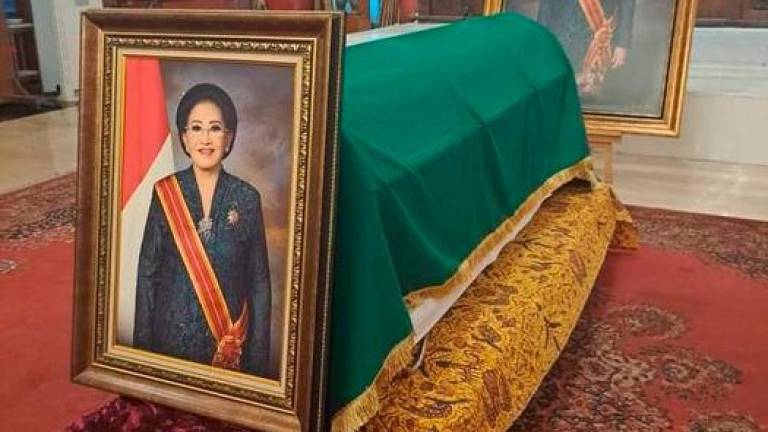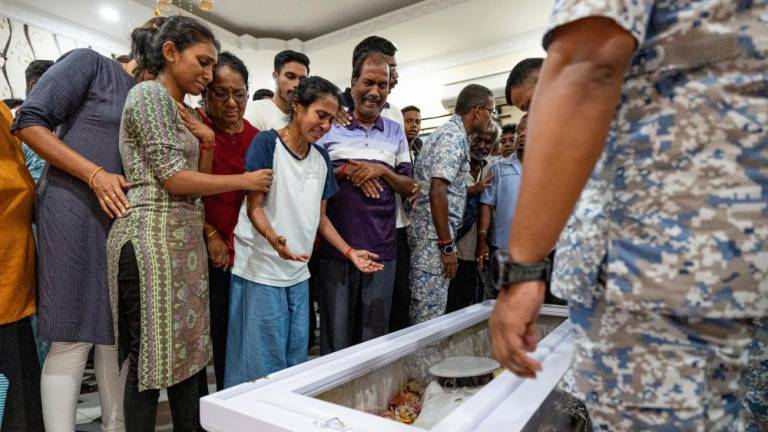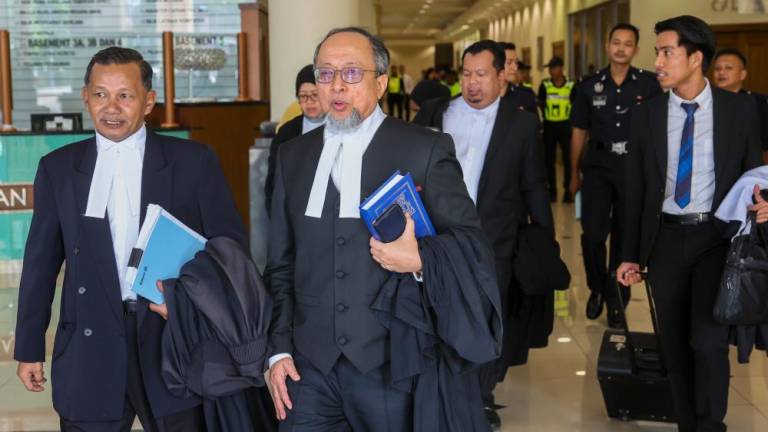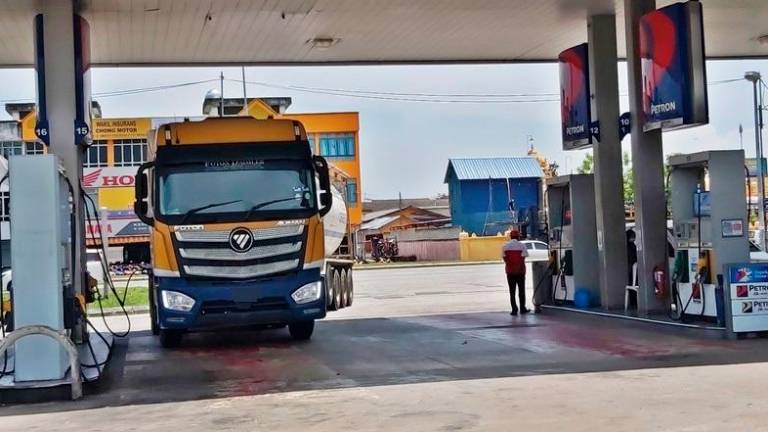OIL palms mature after three years, reach prime age after seven years and are replanted after 25 years – prompted by a sharp drop in yields while the palm’s height makes harvesting physically challenging, if not impossible.
These three numbers underscore one fact – planting oil palms is a long-term proposition.
Policymakers charged with overseeing the growth of oil palms should recognise this inalienable fact. Despite several short-term problems – including the European Union’s proposed ban on using palm oil for biofuel by 2030 and the perennial shortage of foreign workers to work in Malaysia’s plantations – policymakers should focus equally on three long-term challenges.
First is the need to raise output of crude palm oil (CPO). This objective has become more urgent given the moratorium on expanding oil palm hectareage in this country. Second is the increasing urgent need to accelerate mechanisation in oil palm’s agricultural processes. Third is the need to ensure planters are well-equipped to oversee oil palm plantations in the 21st century.
Raising Malaysia’s output of CPO must centre on elevating yields through greater use of clonal planting material.
Currently, average yield for DxP clones of prime age and grown under optimum conditions in Malaysia is 26 tonnes per hectare while the yield for first-generation oil palms in Indonesia is higher – at 28 tonnes per hectare.
Peter Benjamin, CEO of United Malacca Berhad, says if clonal materials are used, the yield in Malaysia could be 34 tonnes per hectare at prime age with an OER of 24% compared with the average OER of 20%.
Because most palms in Indonesia are first-generation planting, the nutrients in the soil haven’t been depleted. Indonesian growers enjoy lower costs since minimal inputs of fertilisers are needed to enrich the soil. Another advantage is Indonesia’s nutrient-rich volcanic soil in the Papua region.
Suppliers of clonal planting material in Malaysia include Sime Darby, Applied Agriculture Resources and Felda. Increasing the supply of clonal planting materials could lower prices. Prices of palm clonal material are high – costing RM40 for each ramet compared with around RM3 for each DxP semi-clonal seedling.
Tissue culture is the fastest way to boost the supply of clonal planting material, an initiative that could also lower prices. Policymakers could offer incentives to universities and private companies to set up laboratories offering tissue culture services.
A major challenge for oil palm planters is growing short oil palms around six feet in height. For coconut growers, particularly in Indonesia, dwarf coconut palms have moved from the realm of science fiction to reality.
Success in cultivating oil palms that are 25 years or more, their height should be six feet or less and with yields averaging 18 tonnes per hectare could be a game changer. Stunted oil palms means harvesting will be a cinch. More important, these dwarf oil palms could minimise, if not eliminate, the need to cut down and replant after 25 years.
Replanting is a significant cost. Eliminating this requirement could impact profits significantly. Apart from the cost of cutting down 25-year-old oil palms, the opportunity cost – forgoing three years of profits until the oil palm matures – could be noteworthy.
Assuming a yield of 18 tonnes per hectare and a low CPO price of RM2,300 per tonne, the opportunity cost could total RM7,200 per hectare each year or RM21,600 per hectare for three years.
Another long-term challenge is reducing manpower needs through mechanisation. Currently, applying fertiliser, spraying insecticides, fertigation through underground pipes and collecting fresh fruit bunches are processes that have been mechanised. The challenge is accelerating the scope for mechanisation.
The biggest challenge is developing machines able to harvest tall oil palms and operate on steep slopes. Success in mechanising harvesting will reduce manpower needs, accelerate the pace of harvesting and trim the number of houses that must be built for workers.
Although a US$1 million prize has been offered to anyone who develops a mechanical palm oil harvester, some planters suggest this sum is inadequate and should be raised to at least US$10 million.
A third long-term challenge is ensuring Malaysian plantation managers in the 21st century are all-rounders – knowledgeable about agronomy, human resource management, financial controls and overseeing a plantation.
In Indonesia, universities offering plantation management courses include Institut Pertanian Bogor University, Gajah Mada University and Sebelas Maret University.
In Malaysia, Universiti Putra Malaysia has stopped its plantation management courses but now offers only agriculture science subjects.
“This is the reason why many graduates don’t join the plantation industry or show an interest in plantations – a very disheartening situation,” Peter Benjamin says.
If this lack of multi-skilled managers is allowed to persist, Malaysian plantation companies will increasingly employ Indonesians to manage oil palm estates in this country and overseas.
Opinions expressed in this article are the personal views of the writer and should not be attributed to any organisation she is connected with. She is the chairperson of United Malacca Berhad. She can be contacted at siokchoo@thesundaily.com



